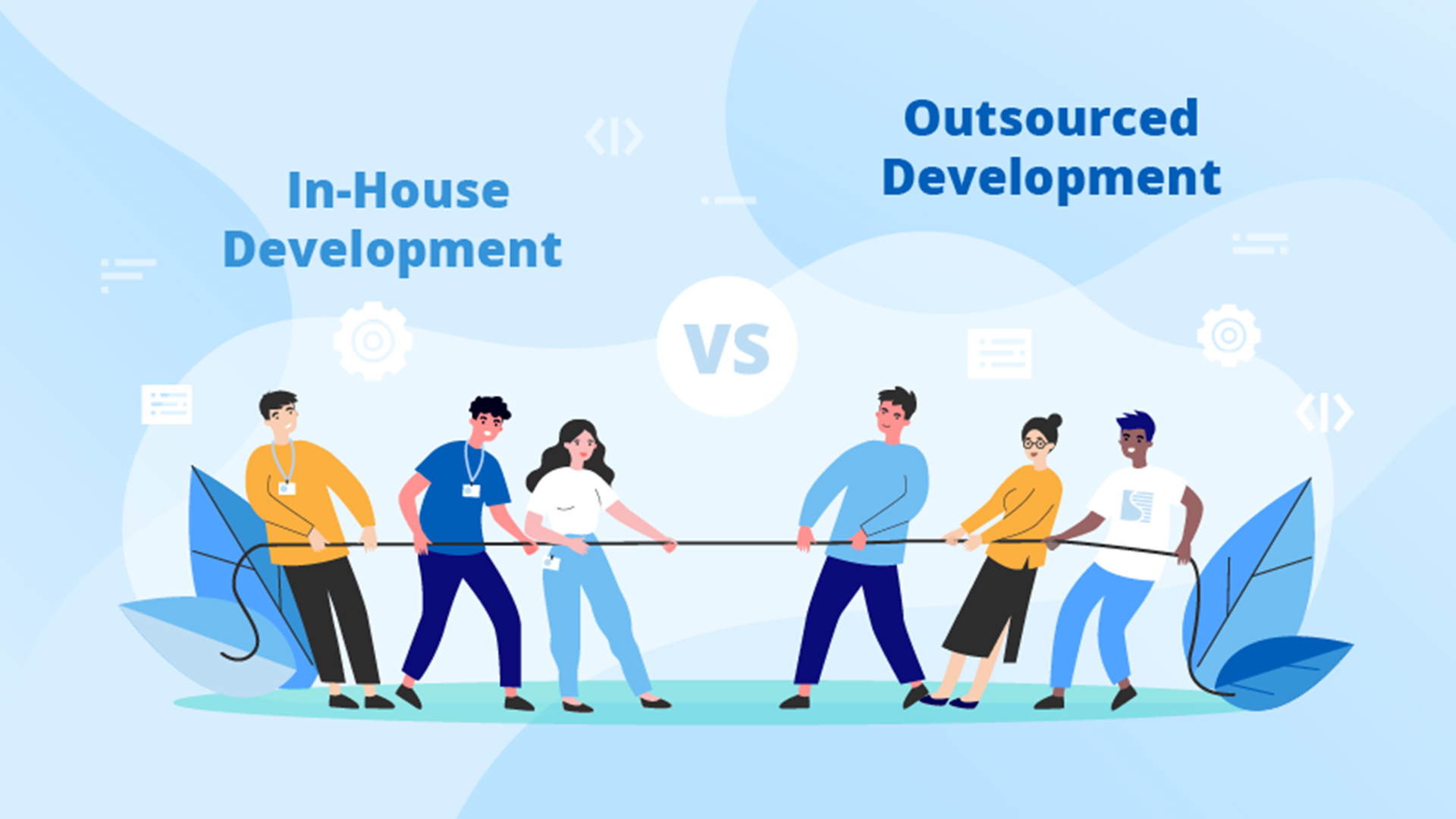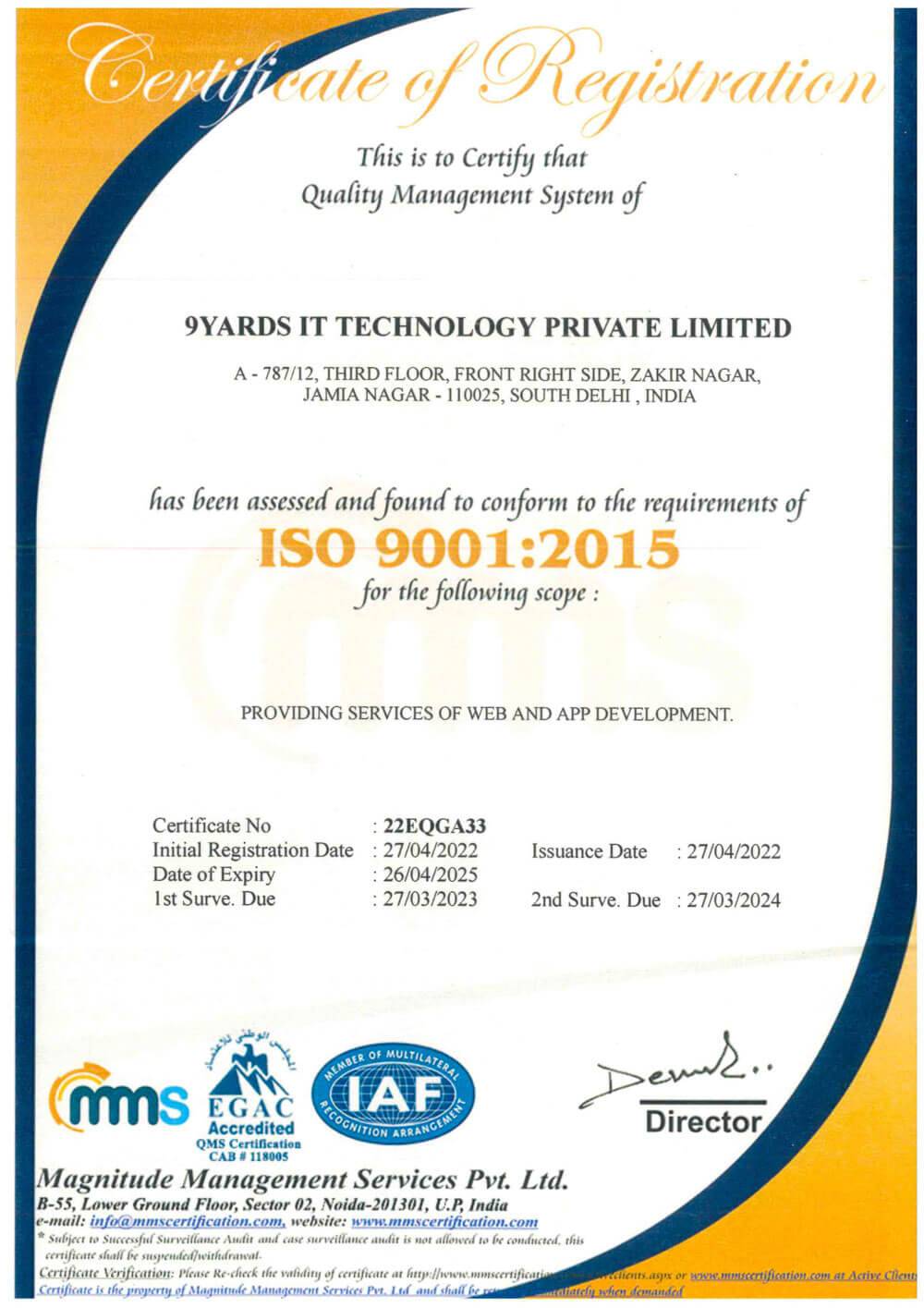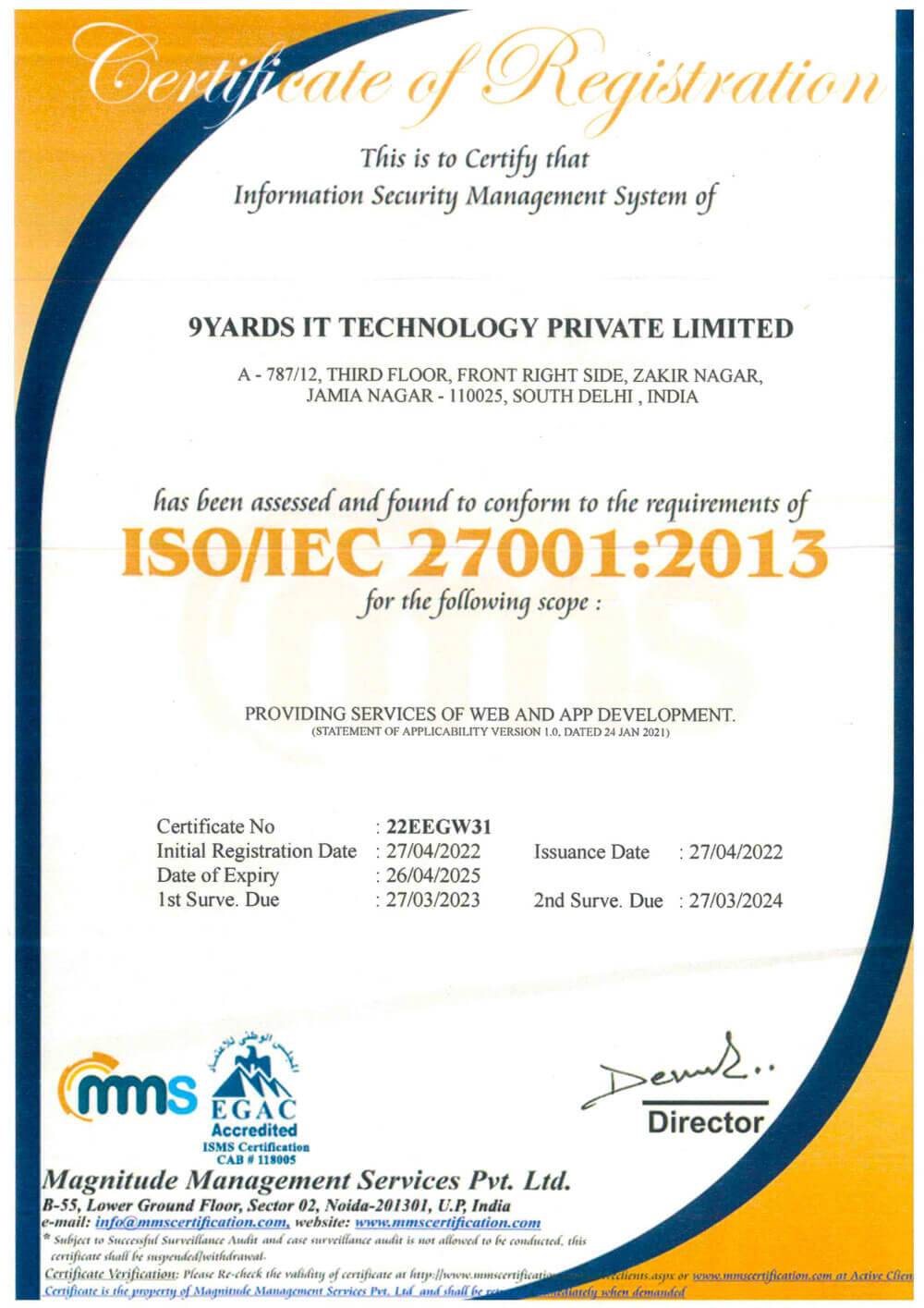Software Development is not an easy pursuit. It demands proper coordination, effort, and a skilled team. It also mandates a systematic process that streamlines software development; without that, things will become havoc. The methodologies listed in this write-up dedicated to software development mainly focus on improving teamwork, productivity, and code quality.
Nowadays, there are several methodologies to choose from, but there was a time when all the software development projects were done using the waterfall model. This is a highly structured method that requires the completion of one phase before moving to the other. It doesn’t work well when the project requirements are in process. The developers are now focusing on employing more heuristic processes that help accommodate project requirements and scope changes.
Let’s Deep Dive Into Software Development Methodologies
1. Agile Software Development
Agile software development is an iterative approach to software development and project management that help teams to deliver faster to their customers with fewer worries. It has a natural mechanism that continuously enable teams to respond quickly to changes. The agile team works and delivers in small portions.
The Agile philosophy is based on twelve core principles emphasizing short iterations, continuous delivery, simplicity, retrospection, and collaboration between end-users and developers.
Advantages of Agile
- Responsiveness of change – A agile team is apt to adopt the changes.
- Strategic prioritization due to sprint – When the entire team works on a single priority, it enables you to generate results in important phases.
- Doesn’t hinder productivity – Rigid process requirements don’t allow developers to get into much trouble or problems
2. Scrum Software Development Methodology
Scrum software development methodology is a framework that helps teams to work together. Scrum is a concrete application of Agile. In Scrum, a software project is broken down into pieces that are several incremental releases called sprints.
Advantages of Scrum
- Undivided attention: The Scrum approach frees developers from peripheral demands on their time by focusing your team’s efforts for set periods.
- Collaborative camaraderie: Scrum teams are constantly immersed in shared priorities. As a result, they come to each other’s aid and rely on one another as they pursue mutual goals.
- Regular Feedback: Scrum teams are constantly tuned in to the needs of stakeholders because each sprint concludes with a constructive review. You’ll notice discrepancies quickly if requirements change or miscommunications occur.
3. Lean Software Development
Lean development is based on Agile principles that aim to reduce wastage like unnecessary features, codes, miscommunications, etc. The lean team offers the same techniques found in Extreme Programming, including test-driven development and paired programming. Also, it emphasizes continuous improvement and the fast delivery of a viable product.
Lean comprises its own concepts like delaying the major decisions to keep the team’s choices open as the project moves forward. Another key component is respect for the developers’ autonomy. Rather than pushing their teams to follow top-down edicts, Lean heads permit developers to craft their own solutions.
Advantages of Lean
- Emphasis on efficiency: Emphasis on efficiency: Lean turns everyone’s attention to streamlining core processes. Within a development team, this ethos can be a powerful accelerant.
- Flexibility moving forward: Lean teams don’t commit to a firm project vision at the outset. Instead, they keep alternatives on the table until a decision must be made. This adaptability is valuable for team members and stakeholders in evolving or uncertain contexts.
- Respect for your team: Developers can do more than implement others’ instructions. Lean regards their insight as critical and empowers them to solve problems independently.
4. Kanban
Kanban is another variation of agile software development that provides developers a visual way to see what work needs to be done and allows them to push and pull their work as they have the capacity to complete certain tasks. It basically lies on 3 key principles: limit the amount of work in progress, visualize what you do today to enhance the flow, and understand & focus on the customer requirements.
Advantages of Kanban
- Offers Visualization: Kanban board enables better visualization and helps to spot bottlenecks easily
- Better Efficiency: The Kanban board eliminates bottlenecks and improves overall efficiency
- Increased Productivity: Visualization and improved efficiency leads to enhance overall productivity
5. Rapid Application Development (RAD)
The rapid Application Development (RAD) model prioritizes quick feedback and rapid prototyping over a long testing and development cycle. It allows developers to make several updates and iterations to software quickly without starting from scratch. It can be considered agile, emphasizing the ability to adapt to changing requirements and de-emphasizing upfront planning.
Advantages of RAD
- Allows Changes – Changes can be made to requirements anytime because this model allows rapid prototyping and quick feedback
- Customer Feedback – It encourages and prioritizes customers feedbacks and offers fast reviews
- Reduces development time – RAD drastically reduces development time and the time between iterations and prototypes is also fast
6. Test-Driven Development (TDD)
TDD or Test-Driven Development focuses on unit test cases before developing an actual code process. It is related to both extreme programming and agile software development. It assists developers in writing a minimal amount of code. It is an iterative approach that integrates programming, the creation of unit tests, and refactoring.
Advantages of TDD
- Modular Designs – TDD allows developers to learn and comprehend principles of modular design while writing test cases for small features
- Regression Testing – TDD makes easy maintenance and refactoring. Any changes made in code that can generate errors are easily detectable as the test covers all functionality
- Code Documentation – It gives intuitive names to the unit tests, enabling future developers to understand the test’s purpose and related code rapidly.
7. Waterfall Model
Unlike the other software development methodologies, the waterfall model is sequential rather than iterative. It was the most common software development method from the early days of computing until very recently. It best suits small-scale projects where all design requirements can be known upfront.
Advantages Of the Waterfall Model
- Strict Order – The waterfall model adheres to strict order and mandates completion of the previous stage before the beginning of a new phase
- Less Intervention – The project is completely dependent on developers and has minimal client intervention
- Changes in development – Changes are made in the process of development and perform QA tests in each phase
All In All!
Finally, in this software development methodology guide, we learned about the characteristics of ten of the most prevalent software development techniques, including Agile, Scrum, Lean, Kanban, RAD, Test Driven development, and even the waterfall method.
All programming languages have their benefits and shortcomings depending on the requirements. Eventually, these programming methodologies strive to enhance productivity, code quality, and collaboration in one or the other way.

9Yards Technology has carved a niche for itself worldwide by arming incubators and Fortune 500 companies with disruptive IT solutions. We’re a force to reckon with for tailored web/mobile app development and rigorous software testing. Our presence knowns no bounds with a diverse clientele in the US, UK, India, etc. We’ve 100+ dedicated techies who have successfully delivered to 250+ clients without a hitch.






